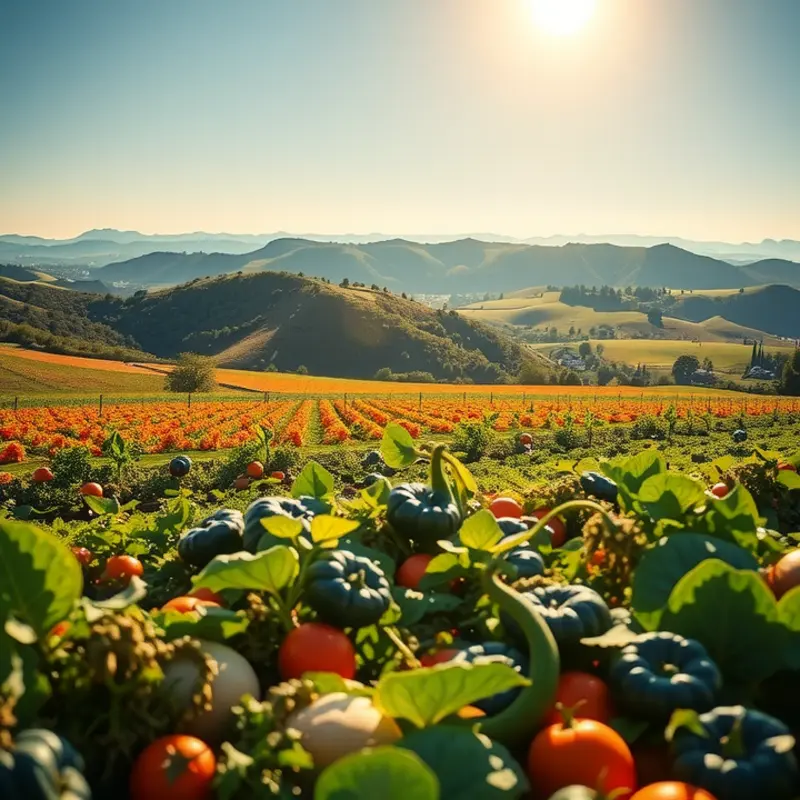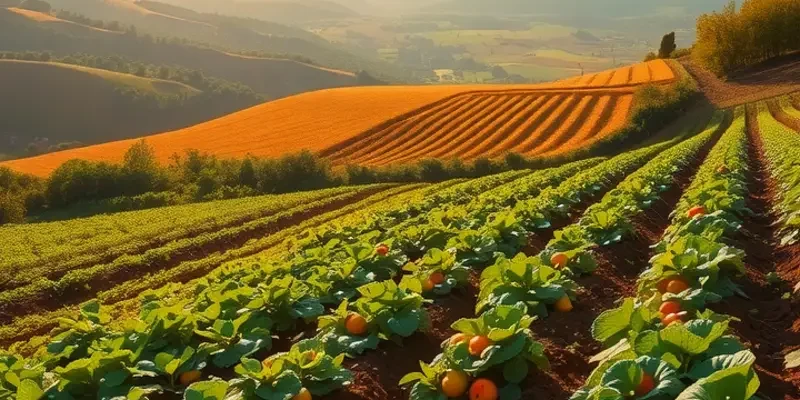Traditional slow cooking methods bring depth to culinary experiences, capturing the essence of diverse cultures through time-honored recipes. Whether it’s the fragrant curries of India, the smoky stews of Brazil, or the wholesome tagines of North Africa, slow cooking embodies patience, love, and tradition. Let’s explore how these methods are not just about food preparation but also about preserving heritage, embracing nature, and connecting with the land.
The Art of Ember Cooking: From the Pacific to the Andes

Ember cooking is a culinary art form that traces back centuries, passed down through generations. Using the direct heat from glowing coals, this method transforms simple ingredients into flavorful feasts. The Maori of New Zealand and the indigenous peoples of Peru have mastered this tradition with the Hāngī and Pachamanca, respectively.
The Maori’s Hāngī is an iconic expression of community and culinary tradition. Preparation begins with a pit dug into the earth, lined with red-hot stones. Meats like lamb and chicken, often accompanied by root vegetables, are wrapped in leaves and placed on top. As these ingredients are buried and left to steam for hours, the combination of earth and smoke infuses a distinct, earthy flavor.
In Peru, Pachamanca is a celebration of the earth and harvest. Similar to the Hāngī, stones heated by fire line an earthen oven. However, Pachamanca utilizes a diverse selection of ingredients. Spices, native herbs, meats, tubers, and corn are layered between hot stones and covered—a testament to Peru’s agricultural richness. The resulting dish offers a medley of flavors, as the spices penetrate each component over the long cooking time.
Both practices hold deep cultural significance, intertwining culinary practices with spiritual reverence for the earth. These methods show respect for natural resources by using minimal tools and making the most of available produce. Community involvement is integral, as the processes require the collective effort of digging, placing, and uncovering the feast.
Ember cooking is not merely about technique. It’s a ritual that embeds values of patience, respect, and community. In both the Hāngī and Pachamanca, the slow, intentional process of preparing and cooking becomes a culinary meditation. Each stage of preparation invites connection, knowledge sharing, and a celebration of culture.
Understanding the essential ingredients for these dishes is vital. For Hāngī, kohatu (stones) chosen for their heat-retaining properties play a central role. Leaf wrappings impart subtle flavor while maintaining moisture. Pachamanca thrives on the symphony of Peruvian produce—the earthy fragrance of herbs like huacatay and the sweetness of corn highlight the region’s biodiversity.
These ancient practices are more than cooking methods; they are stories of survival, adaptation, and reverence for nature. As such, they resonate with modern interests in sustainable and eco-friendly practices. Reflecting on these traditions can inspire us to find ways to minimize waste and make conscious choices in our kitchens. For more on sustainable practices in cooking, consider exploring eco-smart kitchen storage techniques. Such techniques align well with the ethos of ember cooking.
Circling back to the charcoal and earth, these meals envelop more than just ingredients; they are cradled by the environment, carrying the essence of land and tradition into every bite. As we explore these ancient techniques, we are reminded that in the heart of ember cooking lies a dance with nature, guided by flames and earth, connecting us with ancestral roots and each other.
Stews, Tagines, and Curries: The Global Slow Simmer

From the bustling markets of Marrakesh to the sun-drenched coasts of Bahia, the art of slow cooking shapes culinary traditions worldwide. Each culture, with its distinct backdrop and ingredients, celebrates the transformative power of time and heat. The warmth of slow-cooked dishes comforts the soul, a universal truth transcending borders.
In Morocco, the tagine takes center stage. Named after the conical clay pot it is cooked in, the tagine is both an object and a dish. The design of the pot is ingenious: the conical lid traps steam, allowing it to condense and return to the dish, infusing every bite with concentrated flavors. Traditionally, meats like lamb or chicken simmer with a striking mix of spices, such as cumin, coriander, and the floral aroma of saffron. Many Moroccan households pass these tagine recipes down through generations, each family adding its own twist with spices or local produce like olives and preserved lemons.
Across the Indian subcontinent, the simmering scent of spices heralds the arrival of a curry. Each region boasts its own style, from the fiery masalas of Tamil Nadu to the rich, coconut-based curries of Kerala. Indian curries are renowned for their layered complexities, achieved through a methodical process of frying masalas and slowly simmering meats or vegetables. The choice of spices is crucial, often involving a balance of earthy turmeric, sweet cinnamon, and sharp mustard seeds. This method of cooking not only deepens flavors but also highlights the importance of local and seasonal ingredients in every dish.
In Brazil, feijoada is a national treasure, a slow-cooked stew embodying the country’s diverse cultural roots. Typically featuring black beans and an array of meats, including sausages and pork, this dish reflects the resourcefulness and creativity found in peasant cooking. As feijoada simmers, its flavors meld seamlessly, creating a hearty meal often served with rice, collard greens, and orange slices to cut through the richness.
Patience is integral to each of these slow cooking methods. The meticulous process ensures that every ingredient contributes to a symphony of flavors. In the modern kitchen, incorporating these slow-cooking techniques can be as simple as allowing time for flavors to develop. The simplicity in sauce simmering can elevate even the simplest dishes.
As we explore these traditional techniques, there’s an essential lesson to be learned: the beauty of slowing down. A steaming pot of tagine, curry, or feijoada represents more than just nourishment. It is a connection to history, to community, and to the lands that nurture our ingredients. Each slow-simmered dish tells a story, one enriched with patience, tradition, and the simple joy of a shared meal.
Final words
In the exploration of traditional slow cooking methods, we have uncovered not only unique culinary practices but also the heartfelt stories that connect these methods to cultural identity and history. Each technique embodies a respect for nature and patience in preparation, highlighting the flavors that emerge when one takes the time to slow down and savor the process. Embracing these traditions allows us to honor our ancestors while forging new connections with the ingredients that nourish us. Next time you find yourself in the kitchen, consider embracing the art of slow cooking—a delicious journey into the heart of culinary culture.








